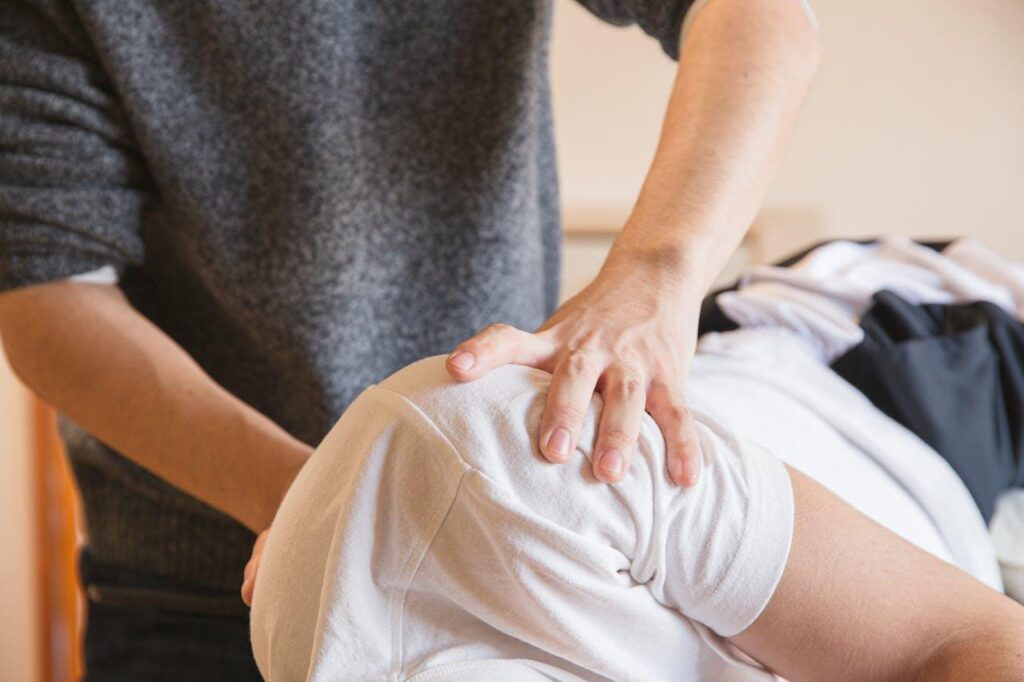Chronic pain and the signs of aging are increasingly prevalent among health enthusiasts—whether due to the natural progression of life, sustained from vigorous physical activity, or as a result of environmental stressors.
This intersection of conditions is often an unwelcome distraction, diminishing one’s quality of life and impeding the pursuit of health and wellness goals.
Adopting a Healthy Diet
Nutrition plays a pivotal role in managing both chronic pain and aging. A diet rich in anti-inflammatory foods, such as omega-3 fatty acids found in fish, antioxidants prevalent in berries, and polyphenols in green tea, can mitigate inflammation, a common culprit in pain and aging.
Conversely, sugary foods and trans fats should be avoided as they can exacerbate inflammation, ultimately leading to increased discomfort and acceleration of aging markers.
Explore the Benefits of Botox
While commonly known for its cosmetic applications, botox has therapeutic benefits in addressing certain types of chronic pain, such as migraines or neck and back pain. It works by preventing nerve endings from sending pain signals to the brain, effectively reducing discomfort.
Additionally, Botox has been shown to improve skin quality and reduce wrinkles, a bonus for those concerned with aging.
Consult with a Healthcare Professional
If chronic pain and aging continue to impact your life despite implementing these tips, it may be beneficial to consult with a healthcare professional.
They can provide tailored guidance and potentially recommend other treatments or therapies that can further alleviate pain and slow signs of aging. Everyone’s journey is unique, and what works for one person may not work for another.
Using Technology for Pain Management
Advancements in technology have opened new avenues for managing chronic pain effectively. A variety of apps and devices are now available to assist individuals in alleviating their discomfort.
For example, you can now purchase advanced hydrotherapy hot tubs that are designed to provide targeted relief by combining water therapy and heat, which can help improve blood circulation, reduce muscle tension, and alleviate pain.
Additionally, numerous mobile apps offer guided meditation, pain tracking, and customized exercise routines tailored to individual pain conditions. These technological solutions provide accessible and convenient ways to manage chronic pain, making them a valuable addition to any pain management plan.
Regular Exercise and Physical Activity
Physical activity is another crucial element in combating chronic pain and aging. Engaging in a tailored exercise regimen that includes low-impact activities such as swimming, cycling, or yoga can enhance flexibility, build strength, and improve joint mobility.
Furthermore, exercise stimulates the release of endorphins, natural pain relievers and mood elevators, offering a dual benefit to individuals contending with chronic pain and seeking longevity.
Stress Management Techniques
Stress exacerbates both chronic pain and aging by triggering inflammation and accelerating cellular damage. Techniques such as mindfulness meditation, deep-breathing exercises, and progressive muscle relaxation can serve as powerful tools to temper stress.
Regular practice of these stress management techniques can make a big difference. Mindfulness meditation involves focusing your attention on the present moment and accepting it without judgment. This can help you break the cycle of chronic pain by changing how you perceive it.
Deep-breathing exercises, such as inhaling deeply through your nose and exhaling slowly through your mouth, can instantly calm your nervous system.

Comments are closed.